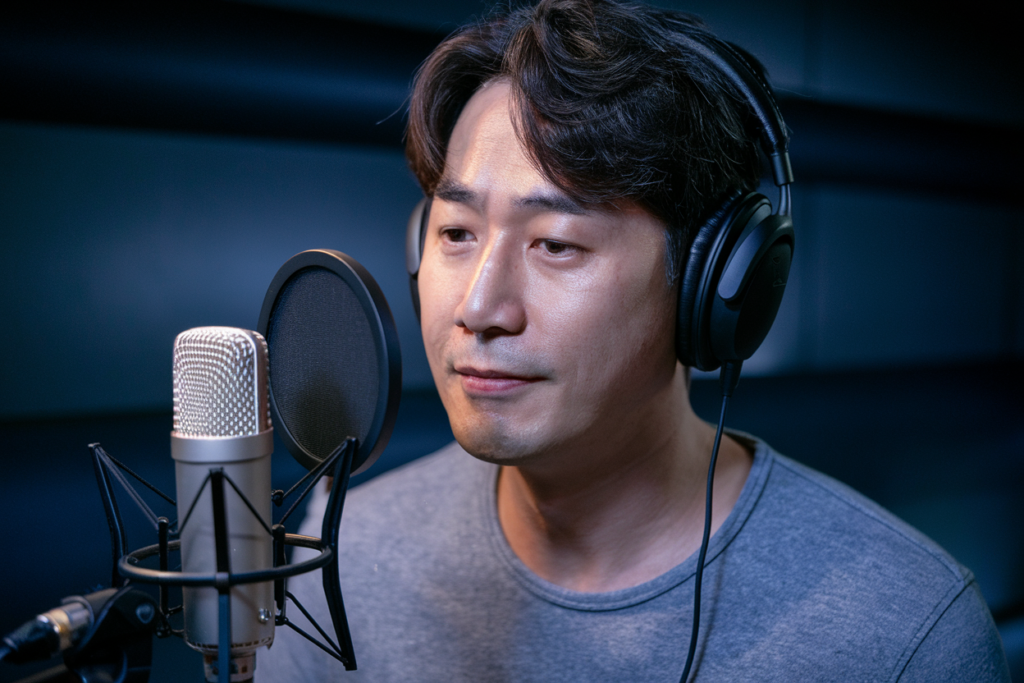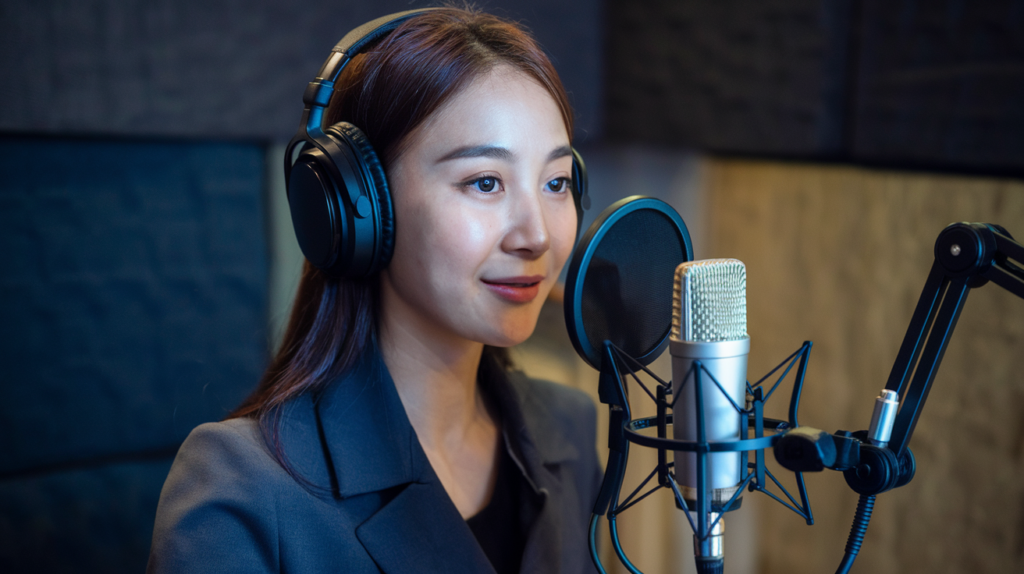Key Takeaways
- Regional Dialects Matter: Understanding regional dialects in Korea, such as those from Seoul, Busan, and Jeju, enhances communication skills and cultural appreciation.
- Unique Vocabulary: Each region has distinct vocabulary influenced by local culture and traditions, enriching conversations with native speakers.
- Pronunciation Variations: Korean pronunciation varies significantly across regions; recognizing these differences aids comprehension and effective communication.
- Cultural Insights: Engaging with different dialects provides deeper insights into the unique heritage and lifestyle of each region.
- Urban vs. Rural Language Use: Language use diverges between urban centers and rural areas due to social dynamics, reflecting modern slang versus traditional vocabulary.
- Foundation for Learning: The Gyeonggi dialect serves as a standard foundation for learners aiming to grasp the complexities of the Korean language effectively.
Ever wondered why the Korean language sounds so different depending on where you are in Korea? It’s fascinating how regional dialects can transform everyday conversations. From Busan’s lively tones to Seoul’s more standard speech, understanding these variations not only enriches your appreciation of the culture but also enhances your communication skills.
How Korean Changes By Region
Korean dialects vary significantly across regions, influencing pronunciation, vocabulary, and even grammar. Understanding these variations enriches your experience with the language.
Seoul Dialect
Seoul’s dialect represents the standard form of Korean. It’s characterized by its clear enunciation and formal vocabulary. Through this dialect, you’ll find a consistent foundation for learning Korean.
Busan Dialect
Busan’s dialect offers a lively twist on standard Korean. The intonations differ; you’ll notice distinct phrases that only locals use. If you interact with someone from Busan, their speech might catch you off guard but adds local flavor to conversations.
Jeju Dialect
Jeju Island has a unique dialect influenced by historical factors and isolation. It features distinctive words not commonly found in mainland Korea. Engaging with Jeju speakers provides insight into regional culture and traditions.
Incheon Dialect
Incheon incorporates elements from both Seoul and Gyeonggi Province dialects due to its proximity to the capital. The accent is softer than in Seoul but retains some unique expressions that lend authenticity to daily interactions.
Recognizing these regional differences enhances communication skills while deepening your appreciation for the richness of Korean culture.
Regional Dialects
Korean dialects showcase fascinating regional variations that enrich the language. Understanding these differences enhances your communication skills and appreciation for Korean culture.
Gyeonggi Dialect
The Gyeonggi dialect, primarily spoken in Seoul and its surrounding areas, serves as the standard form of Korean. Characterized by clear pronunciation and formal vocabulary, this dialect is often what learners encounter in textbooks. It’s essential to grasp this dialect if you’re aiming for a solid foundation in Korean. You’ll find that everyday conversations lean towards a more structured tone, making it easier to understand grammatical rules.
Busan Dialect
The Busan dialect stands out with its lively expression and unique local phrases. People from Busan often use distinct intonations that can feel warm and inviting, yet may challenge non-native speakers due to their rapid pace. This dialect offers an authentic glimpse into the region’s identity, showcasing a rich cultural history through its speech patterns. When interacting with locals or watching media from Busan, expect vibrant conversational styles that reflect the city’s energetic spirit.
Jeolla Dialect
The Jeolla dialect features unique words influenced by historical factors and geographic isolation. Spoken mainly in the southwestern part of Korea, it possesses distinct characteristics such as softer sounds and varied vocabulary compared to other regions. You might notice some expressions are entirely different from standard Korean; understanding these nuances can greatly enhance your interactions with native speakers from Jeolla Province. Engaging with this dialect reveals deeper insights into local traditions and customs, enriching your overall experience while learning Korean.
Embracing these regional differences not only aids communication but also opens up avenues for deeper connections within Korean culture.
Vocabulary Variations
Korean vocabulary varies significantly across regions, reflecting diverse cultural influences and local traditions. Understanding these variations enriches your grasp of the language and enhances communication with native speakers.
Unique Words in Each Region
Each Korean region boasts unique words that showcase its heritage. For instance, Jeju Island has distinct terms influenced by its isolation, such as „감자” (gamja) for potato, which differs from the standard usage. In contrast, Busan introduces lively expressions like „아지매” (ajimae), referring to an older woman or auntie. These regional words not only convey meaning but also embody the spirit of their communities.
Influence of Local Culture
Local culture shapes vocabulary in profound ways. The Jeolla dialect is rich with agricultural terms due to its farming background, making conversations about food vibrant and specific. Similarly, urban areas like Seoul incorporate modern slang influenced by pop culture and technology. This blend reflects daily life experiences and helps you connect more deeply with speakers from different backgrounds.
Exploring these regional vocabularies adds depth to your understanding of Korean culture while fostering more engaging conversations with locals. Whether you’re chatting casually or delving into deeper topics, recognizing these variations can elevate your communication skills significantly.
Pronunciation Differences
Korean pronunciation varies significantly across regions, reflecting local culture and history. Understanding these differences enhances communication with native speakers and enriches your appreciation of the language.
Consonant Variations
Consonants in Korean dialects exhibit unique characteristics. For example, the Busan dialect tends to soften certain consonants, making speech sound more melodic and lively. In contrast, the Seoul dialect maintains a sharper enunciation of consonants. This distinction can affect how words are perceived; a word pronounced in Busan might carry a different emotional tone than when spoken in Seoul. The Gyeonggi dialect also presents specific variations that serve as a baseline for learners aiming for clarity and formality.
Vowel Sounds Across Regions
Vowel sounds contribute significantly to regional accents within Korean. Some regions, like Jeju, incorporate distinct vowel pronunciations that may not exist in standard forms. For instance, Jeju speakers often elongate vowels or merge them differently compared to those from Seoul or Gyeonggi provinces. This variation creates a unique listening experience that can be both charming and challenging for non-native speakers trying to catch every nuance. Being aware of these vowel distinctions aids comprehension during conversations and allows you to engage more effectively with diverse Korean-speaking communities.
Language Use in Urban vs. Rural Areas
Language use in urban and rural areas of Korea showcases distinct differences influenced by social dynamics, lifestyle, and cultural backgrounds. Urban centers like Seoul exhibit a fast-paced linguistic environment where modern slang flourishes. You might hear terms borrowed from technology and pop culture, reflecting the vibrant youth culture that permeates city life.
In contrast, rural areas maintain traditional vocabulary more closely tied to local heritage. For instance, agricultural terminology thrives in these regions, showcasing their connection to farming practices and community life. This divergence highlights how language evolves based on societal needs and influences.
Pronunciation also varies significantly between urban and rural speakers. Urban dialects often emphasize clear enunciation to facilitate communication among diverse populations. Meanwhile, rural dialects may incorporate softer sounds or unique intonations that reflect the locality’s history and traditions.
Understanding these regional nuances not only enriches your grasp of Korean but also enhances interactions with native speakers across various settings. You’ll find that engaging with locals becomes more meaningful when you recognize the subtleties in their language use shaped by their environment—urban or rural alike.
Conclusion
Exploring the regional variations in Korean opens up a world of cultural richness and linguistic diversity. By understanding these dialects you not only enhance your language skills but also connect more deeply with the people and traditions behind them. Each region’s unique expressions pronunciation and vocabulary reflect its history and lifestyle making every conversation an opportunity to learn something new.
Embracing these differences can transform how you communicate with native speakers allowing for more authentic interactions. Whether you’re navigating urban slang or rural terms each variation adds depth to your understanding of Korean culture. So dive into the fascinating world of Korean dialects and let it enrich your journey as a language learner.
Frequently Asked Questions
What are the main dialects of the Korean language?
The main Korean dialects include Seoul, Busan, Jeju, Jeolla, and Gyeonggi. Each has unique characteristics in pronunciation, vocabulary, and grammar that reflect regional cultures.
How does the Busan dialect differ from the Seoul dialect?
The Busan dialect is known for its lively tone and distinct local phrases. In contrast, the Seoul dialect is more formal with clear enunciation and structured vocabulary.
Why is understanding regional vocabularies important?
Understanding regional vocabularies enhances communication with native speakers and deepens appreciation of Korean culture. Each region’s words often reflect its heritage and lifestyle.
Are there pronunciation differences between urban and rural Korean speakers?
Yes, urban speakers emphasize sharp enunciation due to diverse populations while rural speakers may use softer sounds or unique intonations influenced by local traditions.
How can learning about these dialects improve communication skills?
Recognizing variations in dialects helps learners engage more effectively with native speakers. It allows for better comprehension during conversations and fosters meaningful connections within communities.







